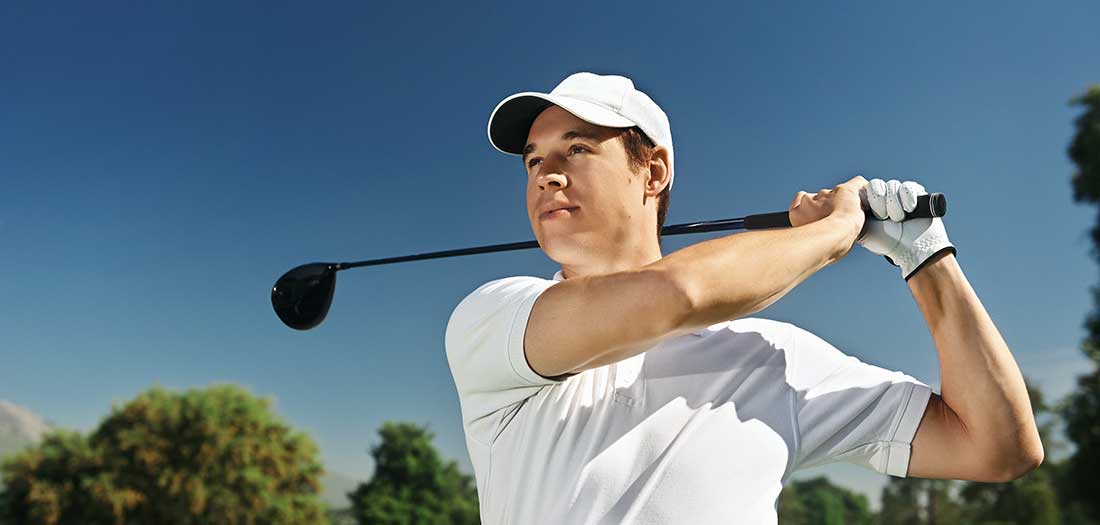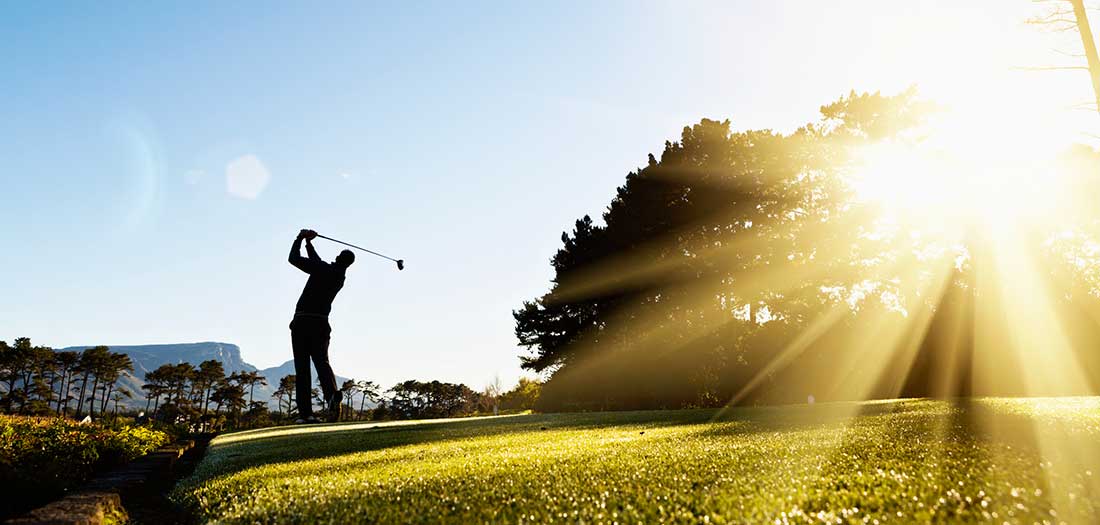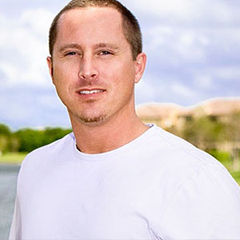The glutes include the gluteus maximus, gluteus medius and gluteus minimus. Together, all three muscles make up the largest muscle group in the entire body. Knowing what roles each glute plays in a golf swing and knowing how to use them will help your clients increase their stability, rotation, speed and power.
A good golf swing begins with stability and moves on to upper-and lower-body rotation. This is followed by another round of lower- and upper-body rotation (in the opposite direction) and concludes with an abrupt stop. When you add in power and speed, and the fact that the entire golf swing happens in less than a quarter of a second, you can see how much is involved in what appears to be a relatively simple movement. But if you can help your clients learn the role their glutes play in helping to improve their swing, they will undoubtedly start singing your praises to all their friends and fellow golfers. They might also shave off a few strokes, as well.
Stability

The golf swing begins with the set-up position. Before hitting the ball 250 yards, the body needs to be in perfect position, which makes it possible to begin a swing that will have a chance to strike the ball effectively and efficiently. Because the set-up position can be awkward and challenging—knees bent, upper body hinged 30 degrees at the waist and arms slightly out in front—it helps to have properly functioning muscles. Strong glutes will help stabilize the pelvis, which allows the rest of the body to assume (and hold) the awkward set-up position.
In addition to helping stabilize the body during the set up for the swing, the glutes also play a stabilizing role as an individual rotates into a backswing and follow through.
Rotation

Rotation is the second part of the golf swing. Once an individual is set up properly, both the upper and lower body will need to rotate, but both will need to turn independently of each other. This is where controlled glute muscles play another major role. The gluteus maximus is responsible for external and internal hip rotation during the backswing, downswing and follow through.
To break it down further, during the backswing (for right-handed golfers), the right gluteus medius and gluteus maximus are loaded for stability and potential power. As an individual begins the downswing, the left gluteus maximus contracts, as does the left gluteus medius and miniumus, allowing the upper body to rotate over the stabilized lower body.
If a client has tight or weak glutes, it will be a challenge to execute a smooth rotation in any aspect of his or her swing. Poor rotation results in a loss of power and distance.
Power
The glutes are the largest muscle group in the human body, so it makes sense that the greatest amount of power can be derived from the glutes. In addition to rotating the hips, the glutes play a major role in transferring energy from the ground, through the lower body to the upper body, and finally to the ball. All of this energy begins with a powerful coil, full of potential energy, and leads to a release of powerful kinetic energy that flows through to the hands and lastly, to the golf ball.




 by
by 




 by
by